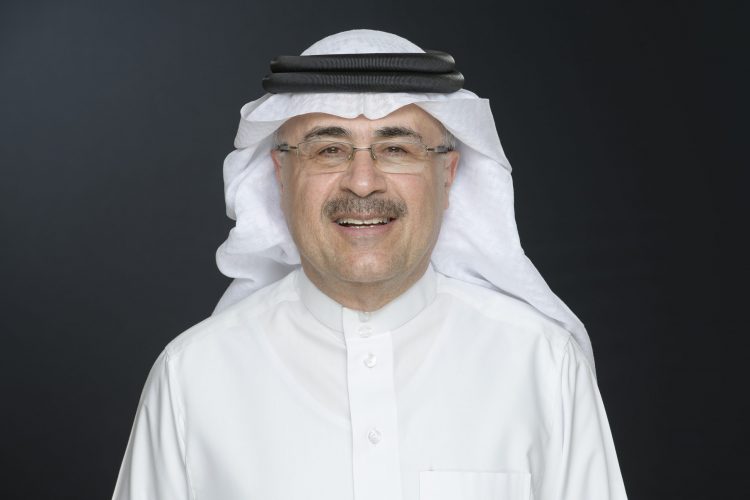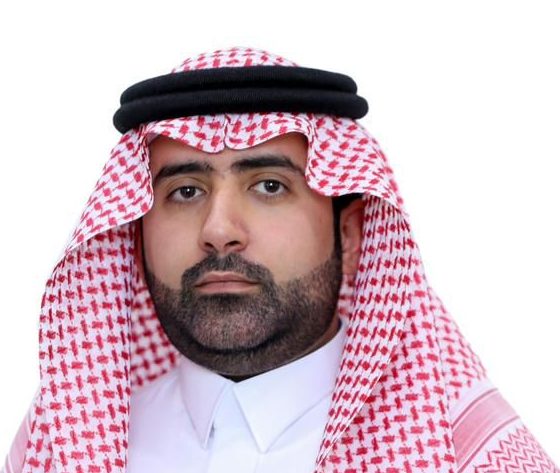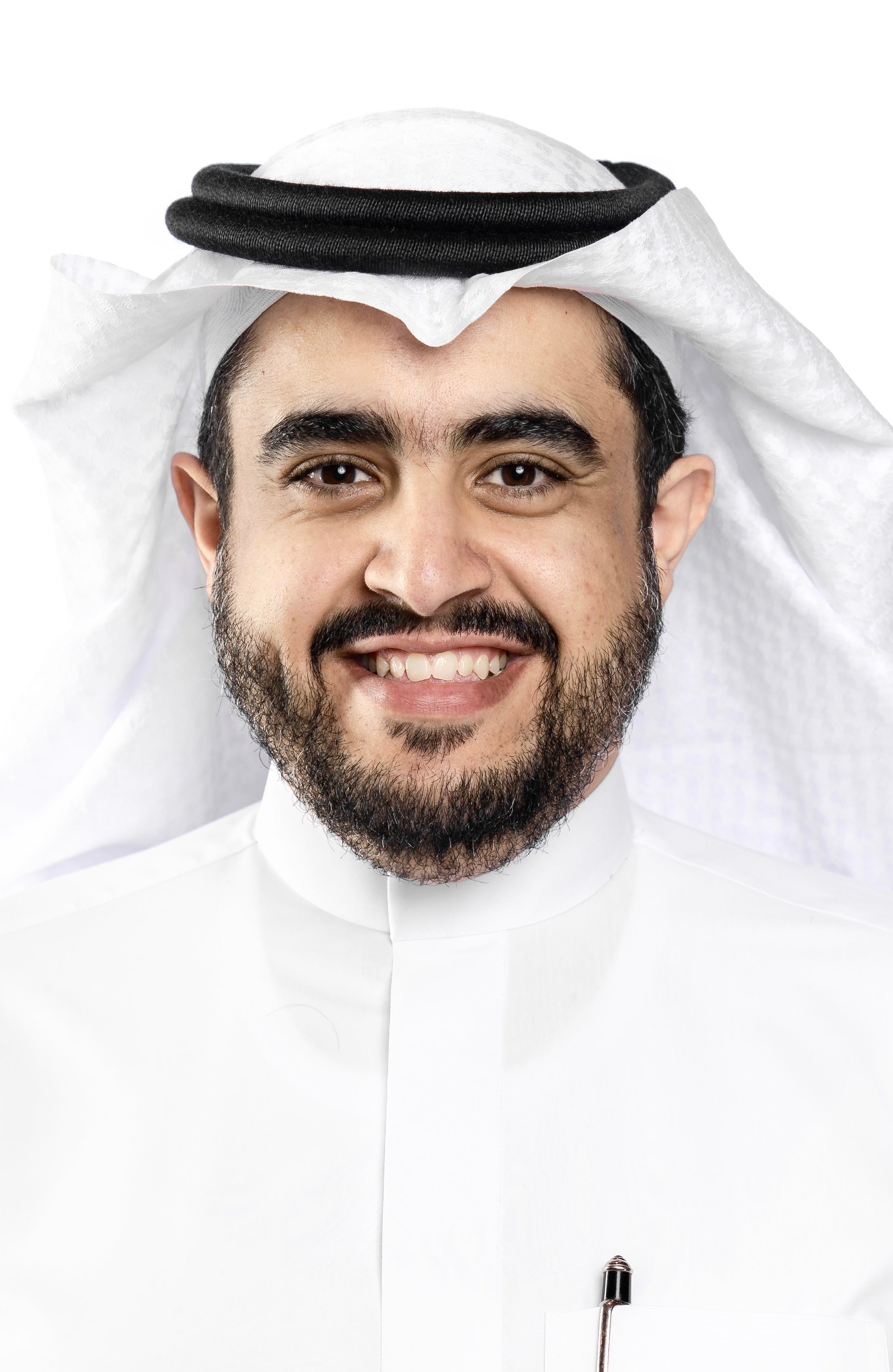Publisher: Maaal International Media Company
License: 465734
Aramco President: Our strong results are a testament to our financial discipline, flexibility through evolving market conditions
Aramco President & CEO Amin H. Nasser said that the company’s strong results are a testament to our financial discipline, flexibility through evolving market conditions and steadfast focus on our long-term growth strategy, which targets value growth for our shareholders.
“Although economic conditions have improved considerably, the outlook remains uncertain due to various macro-economic and geopolitical factors. But our investment plan aims to tap into rising long-term demand for reliable, affordable and ever more secure and sustainable energy.’ he said.
“We recognize that energy security is paramount for billions of people around the world, which is why we continue to make progress on increasing our crude oil production capacity, executing our gas expansion program and increasing our liquids to chemicals capacity.
اقرأ المزيد
He explained that Aramco is also investing in CCS, renewables and low-carbon hydrogen production – supporting the global energy transition and advancing our net-zero ambition.
The Saudi Arabian Oil Company (Aramco) announced on Sunday its full-year 2021 financial results, reporting that net income more than doubled year-on-year to $110.0 billion. Aramco declared a fourth quarter dividend of $18.8 billion, to be paid in the first quarter of 2022.
The Company also announced its growth strategy, which in its Upstream business includes continuing to raise crude oil Maximum Sustainable Capacity (MSC) to 13 million barrels per day (mmbpd) by 2027, and potentially increasing gas production by more than 50% by 2030. In its Downstream business, the Company plans to expand its liquids to chemicals capacity to up to 4 mmbpd. Aramco also intends to develop a significant hydrogen export capability and become a global leader in Carbon Capture and Storage (CCS).
In addition, the Company is targeting investment in renewable energy and nature-based solutions, as it pursues its ambition of achieving net-zero Scope 1 and Scope 2 greenhouse gas emissions across its wholly-owned operated assets by 2050. This includes an aim to reach near-zero Upstream methane emissions by 2030.









